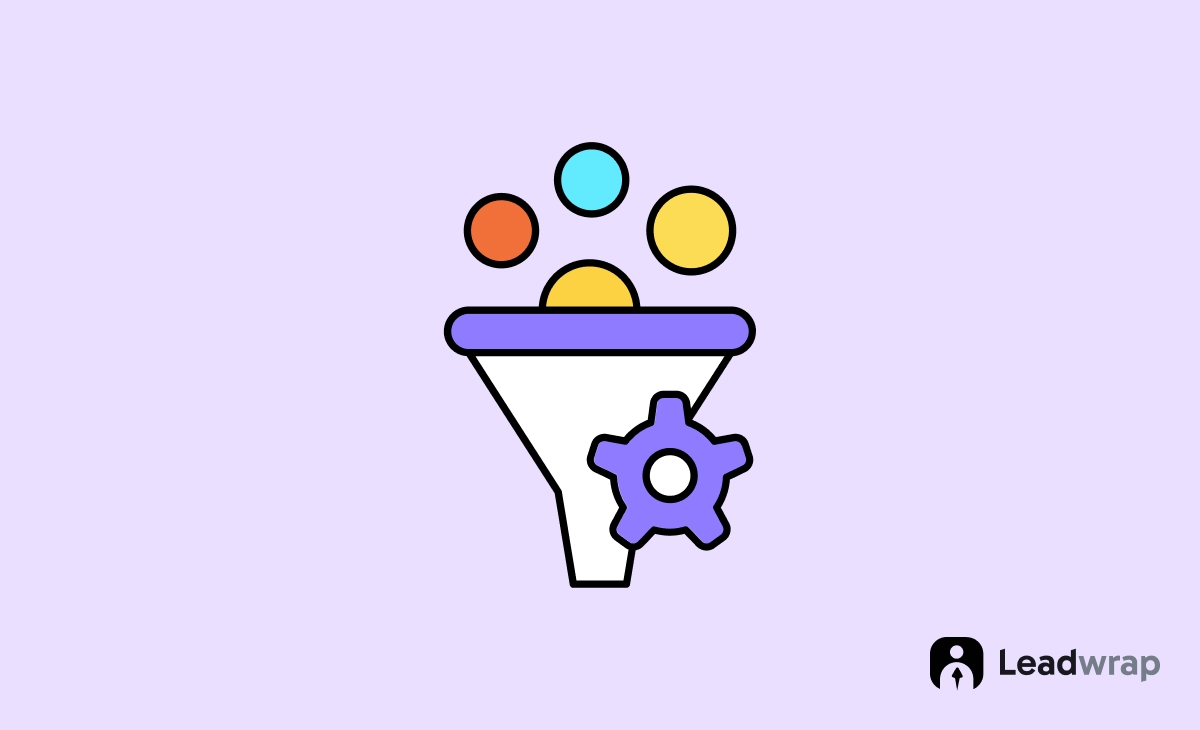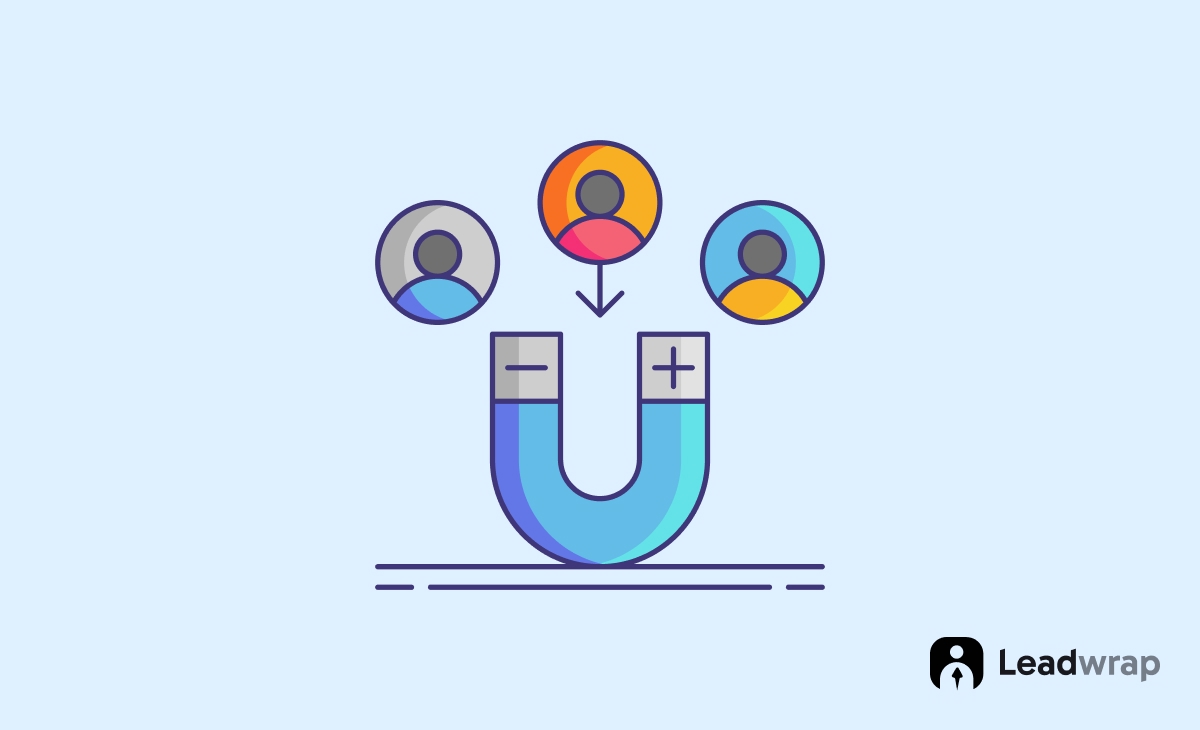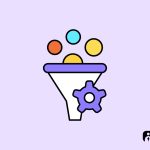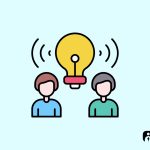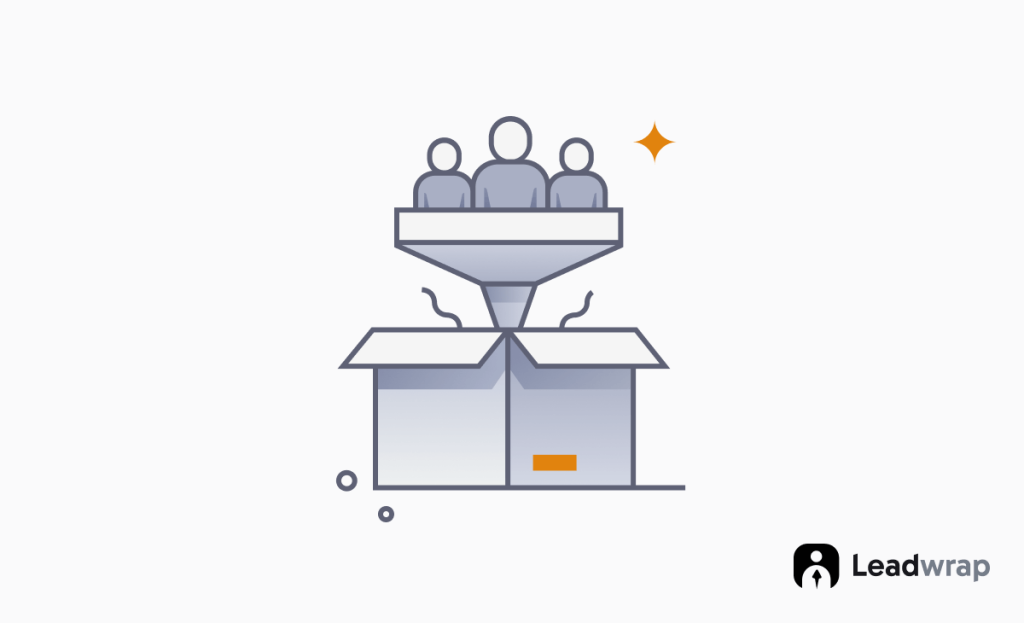
Launching a SaaS product is just the beginning—the real challenge is attracting, nurturing, and converting leads into paying customers. A well-structured lead funnel is the backbone of your growth strategy, guiding potential users from awareness to conversion.
In this blog post, we’ll break down the step-by-step process of building a high-converting lead funnel from scratch.
Whether you’re a startup founder or a growth marketer, this blog post will help you generate consistent, high-quality leads for your SaaS business.
So, without further ado, let’s dig deeper.
Building a Lead Funnel for a SaaS Product From Scratch
A lead funnel for a SaaS product isn’t just about capturing emails; it’s about building a system that nurtures interest, educates users, and converts them into loyal customers. We’ll walk you through how to build one from scratch — breaking it down into phases with purpose and tactics.
Define your ideal customer profile (ICP)
Before you build anything, know who you’re building it for. Get clear on your SaaS product’s ideal customer profile. Identify their industry, pain points, goals, and the platforms they spend time on. This ensures your funnel is targeted and relevant, saving time and resources.
Use surveys, competitor research, and social media listening to nail down their needs. Knowing what keeps your prospects up at night will shape your lead magnets, landing pages, and email sequences.
Build an irresistible lead magnet
People won’t just hand over their info — you need to offer something valuable first. A lead magnet is a free resource or tool that solves a specific problem for your audience. For a SaaS, this could be a free trial, checklist, industry report, template, or a mini-course.
Position your lead magnet as a quick win or insight generator. Focus on one core issue your ICP faces, and make it frictionless to access (simple opt-in form, no unnecessary fields).
Create a high-converting landing page
Your landing page should sell your lead magnet, not your product — yet. Keep it clean, with a clear headline, subheadline, bullet-point benefits, and an easy-to-spot CTA. Use social proof if possible: testimonials, stats, or logos from existing users.
Keep forms short: Name and Email are often enough to start. You can collect more info later in the nurturing phase.
Set up an email nurture sequence
Once someone opts in, don’t leave them hanging. Set up a series of emails that deliver value, build authority, and gently introduce your SaaS solution. The goal here is relationship building, not hard-selling.
Start with a welcome email, followed by helpful tips, success stories, and use cases related to their challenge. Around Email #4 or #5, invite them for a free trial or demo, tying it back to the problem your product solves.
Drive traffic strategically
Your funnel is useless without traffic. Start by leveraging organic and paid channels based on where your ICP hangs out. Focus on SEO-optimized blog posts, LinkedIn posts, targeted PPC ads, or partner email swaps.
Use retargeting ads to re-engage visitors who didn’t opt-in the first time. Social proof and urgency work well in retargeting to convert fence-sitters.
Track, test, and optimize relentlessly
No funnel is perfect on the first go. Use tools like Google Analytics, Hotjar, and your CRM to track opt-in rates, email open/click rates, and conversion rates. Tweak landing pages, subject lines, CTAs, and email timing based on what the data shows.
Test one element at a time — maybe your headline, button color, or the lead magnet itself — to see what actually moves the needle.
How do I Drive Traffic to My SaaS Sales Funnel
Great — this is where the game gets fun. Building a sales funnel is one thing, but consistently driving quality traffic to it is what separates growing SaaS companies from ones that stall. Let’s break down the most effective, no-fluff ways you can start driving traffic to your SaaS sales funnel today.
i. Content marketing that solves real problems
Start by creating blog posts, guides, and resources that address your audience’s actual problems — not just product features. Focus on SEO-driven content targeting long-tail keywords your ICP searches for, like “best CRM for small agencies” or “how to automate invoice reminders.”
Content should lead to your funnel naturally with embedded CTAs, content upgrades, or exit-intent popups. Repurpose high-performing articles into videos, LinkedIn posts, or email newsletters to maximize their reach.
ii. Paid ads with hyper-specific targeting
If you’ve got budget, paid ads can give you predictable, scalable traffic. Google Ads works well for bottom-of-funnel leads searching for specific solutions. Facebook and LinkedIn Ads excel at top-of-funnel awareness and lead magnet promotions.
Keep your targeting laser-focused: narrow down by job title, industry, company size, and interests. Always test multiple creatives and offers to optimize for cost per lead.
iii. Partner and affiliate marketing
Find businesses, communities, or influencers already serving your target market and build mutually beneficial relationships. Co-market webinars, swap guest blog posts, or create affiliate programs where they earn a cut for sending you leads.
This warms up traffic through trusted recommendations and can drive highly qualified visitors straight into your funnel with little upfront cost.
iv. Leverage product Hunt, AppSumo, and SaaS Directories
If your SaaS product fits, launch or list it on platforms like Product Hunt, AppSumo, Capterra, and SaaS Hub. These audiences actively look for new tools, and a strong launch can flood your funnel with signups.
Be active in the comments, offer a time-limited deal or bonus, and follow up with new subscribers quickly through your nurture sequence.
v. Retarget website visitors and funnel drop-offs
Most visitors won’t convert on the first visit — but that doesn’t mean they’re gone. Use retargeting ads on Google, Facebook, and LinkedIn to bring them back with tailored messaging. Highlight testimonials, time-limited offers, or invite them to a free webinar/demo.
Segment your retargeting audiences by behavior: visited pricing page, downloaded lead magnet, or watched a video — then serve them hyper-relevant ads.
Integrate Your Lead Funnel with Your SaaS Product Onboarding
This is one of the smartest moves a SaaS business can make. Most people treat lead generation and onboarding as two separate things, but integrating them creates a seamless experience that shortens the path from curiosity to conversion. Here’s how to do it effectively.
Connect your lead magnet to product activation
When someone signs up for your lead magnet — whether it’s a free trial, checklist, or webinar — don’t just stop at delivering that asset. Immediately offer them an option to engage with your product in a low-pressure way. For example, if they downloaded a productivity guide, your thank you page could say:
“Want to put these tips into action? Try our tool free for 14 days — no credit card needed.”
This makes the transition from resource consumer to product explorer feel natural and timely, catching them while their interest is fresh.
Sync your email nurture sequence with onboarding triggers
Here’s where it gets strategic. Once a lead becomes a user (via trial signup, demo request, or paid plan), move them from your general nurture flow into an onboarding automation.
Send personalized emails based on their signup source, activity, and product behavior. Example:
- Day 1: Welcome email with product benefits and a link to a “getting started” guide.
- Day 2: Quick tip on how to achieve one small, specific result using your SaaS.
- Day 4: Case study or testimonial from a similar user segment.
- Day 6: Reminder to complete onboarding tasks (with a bonus incentive if applicable).
Use your CRM or email tool (like ActiveCampaign, HubSpot, or Customer.io) to set this up.
Track lead source in your SaaS user data
To really close the loop, pass UTM parameters or signup source data from your lead forms into your product user database. That way, you’ll know whether someone who came through your “Free SEO Checklist” offer behaves differently than someone from your LinkedIn ad campaign.
You can then tailor onboarding messaging, product tips, and upsell offers based on what originally attracted them. Data-driven personalization boosts engagement and retention dramatically.
Pro Tip:
Build a one-click activation CTA inside your lead magnet delivery email or thank you page. Let’s say your SaaS helps automate invoices — your checklist can have a button: “Generate your first invoice free with [Your SaaS]—click here to start.”
That frictionless handoff turns lead gen into product experience instantly.
Final Thoughts
At the end of the day, building a lead funnel for your SaaS product is about creating genuine connections. It’s not just about numbers on a dashboard — it’s about understanding what your audience cares about and offering real value at every step.
Start small, stay curious, and be ready to tweak things as you learn what works. The more you focus on helping people solve their problems, the easier it’ll be to turn leads into loyal customers. It’s a journey worth taking, and every small improvement moves you closer to something great.
